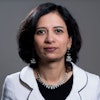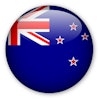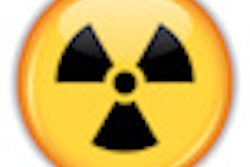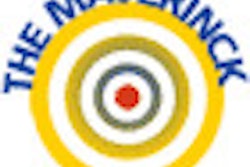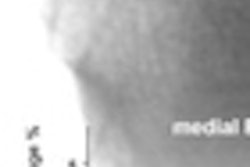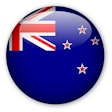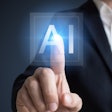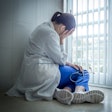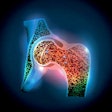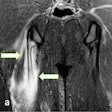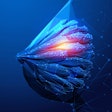Air passengers must be told via better notices and leaflets when they are going to be exposed to radiation in security scanners, but they should also be reassured about safety of machines. There must be no capacity for workers to adjust scanners, and other techniques that do not use ionizing radiation should be considered.
These are the main recommendations of a new joint report from the British Institute of Radiology (BIR) and the U.K. Royal College of Radiologists (RCR), published today.
The authors expressed concern at the lack of signs displayed at airports to indicate to passengers they are about to be scanned. They noted scans are not currently compulsory in the U.K., but this position may change in the future. In the U.S., a passenger will not be allowed to fly if a scan or a pat down is refused, they added.
Another important topic is what sort of governance issues are in place, should repeat scans be required, according to the authors. Their sole conclusion, however, is that at current radiation dose levels and surface power densities, security scanners in use are safe.
"All available data suggest that the radiation doses for air travelers and aircrew from airport scanners are tiny," said consultant radiologist Dr. Peter Riley, who is chair of the BIR's Radiation Protection Committee and the working group who produced the report. "Such doses are only a small fraction of the exposure those same travelers will receive from cosmic radiation as they fly at 30,000 feet (9144 m). In medicine, the small risk to health from diagnostic doses of radiation is offset by the quantifiable benefits of early diagnosis and treatment; in the airport context, the benefit is one of higher travel security."
The group reviewed the published literature on the two types of body scanners:
The backscatter x-ray scanner, currently being tested in the U.K., which emits very low levels of ionizing radiation. The group observed that the average dose from a single scan is 100,000 times lower than the average annual dose of radiation a person receives from natural background radiation and medical sources.
The millimeter wave scanner, which uses radiowave frequencies rather than ionizing radiation and is currently being tested at some airports in France. Both systems are in use in the U.S.
"Both passengers, and airport and airline workers, have the right to be informed about the levels of radiation they are exposed to. However, they should be reassured that these levels are very low indeed," commented Dr. Tony Nicholson, dean of the RCR's Faculty of Clinical Radiology.
In addition to Riley, the authors of the report were Dr. J. Eatough (BIR), Dr. A. Manhire (RCR), Axel Macdonald (Health Protection Agency), and Mike Nettleton (Health and Safety Executive).

